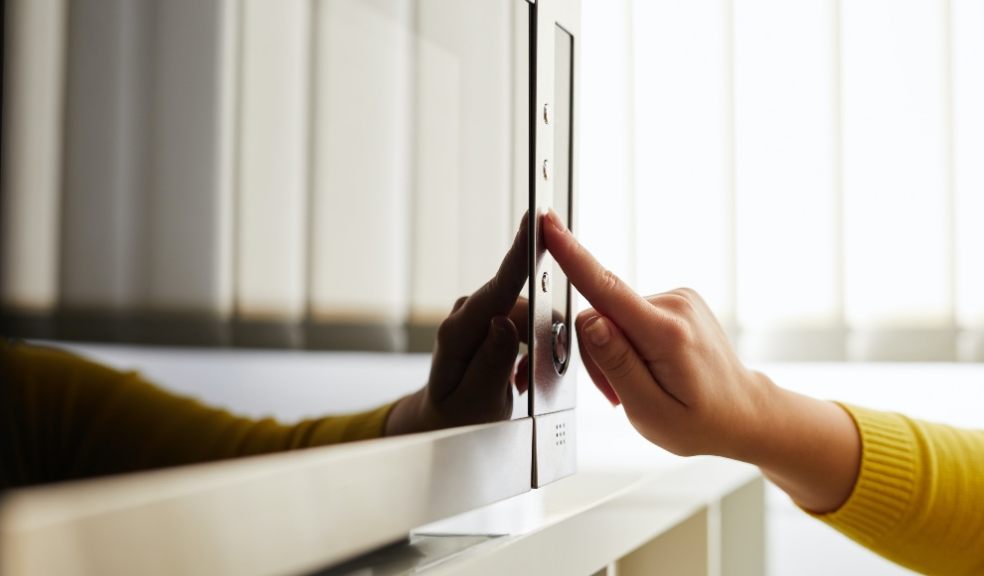
Five things to know before reheating food
Huge amounts of food are thrown out every year, not because it’s gone off but because people don’t know how to reheat it.
The average household throws away £500 worth of food every year, while millennials (those aged 18-34) throw out the equivalent of 633 meals a year because they don’t know how to reheat it.
A poll by cookware brand Pyrex found many younger people would rather bin food than re-heat it, and almost a quarter (23%) admitted they don’t know how to deal with leftovers.
A spokesperson for the Food Standards Agency says: “If you don’t reheat food properly it can lead to food poisoning. When reheating food, make sure it’s steaming hot all the way through before eating, this will ensure any harmful bacteria are killed. Always check the advice on food packaging and follow any cooking instructions provided.”
Keep these points in mind when reheating food…
1. Use the right equipment and preheat it
Make sure your oven, grill or microwave is working correctly, and make sure to preheat your oven or grill to a hot enough temperature. If they’re too cool when you pop the food in, your dinner will take significantly longer to get up to a safe temperature, and may take longer than the recommended reheating time.
2. Stir food when using a microwave
Using a microwave? Follow the instructions to the letter, taking special note of advice on standing and stirring. If it’s a dish you made yourself, always stir regularly when reheating to make sure the food is the same temperature all the way through. Microwaving food can leave ingredients very hot round the edges but cold in the middle, stirring helps it heat evenly throughout.
3. Only reheat meat once
The FSA says it’s safe to reheat meat in a microwave, but you should only do it once. Smaller pieces are easier to heat more evenly, and be sure it’s hot all the way through before eating. You can however safely cook defrosted meat into a new meal and then freeze it. For example, you can defrost mince for a pasta sauce, and then refreeze it in order to reheat and eat another day.
4. Be really careful with rice
Put rice in the fridge and consume within 24 hours. You can get food poisoning from eating reheated rice – it’s not the reheating that causes the problem, but the way the rice has been stored before reheating. Uncooked rice can contain spores of a bacterium called bacillus cereus, which can survive being cooked and cause food poisoning. When you reheat any rice, always check it’s steaming hot all the way through.
“Leftover rice should be cooled down quickly, and kept in the fridge for no more than one day until reheating. The longer cooked rice is left at room temperature, the more likely it is that the bacteria or toxins will make the rice unsafe to eat,” says the FSA.
If the rice is from a takeaway, check how it’s been handled if you’re planning to eat some the next day, but best to eat it immediately on arrival – it is likely to have been pre-cooked and reheated once already.
5. Serve immediately
Don’t hesitate when it comes to jumping in with a fork. Reheated food should be served straight away, the longer it’s left, the temperature will drop and harmful bacteria could begin to grow.
Image: iStock/PA













